10 Types of Plagiarism-Every Academic Writer Should Know
Plagiarism is the most common problem that academic writers face when writing their research papers or dissertation. The famous plagiarism checking tools like Grammarly and Turnitin are classifying the plagiarisms into 10 common types before generating the report. In this write up we are going to examine the different types of plagiarism in academic writing.
Consequences of plagiarism include:
- Plagiarism destroyed Student Reputation
- Plagiarism destroyed Professional Reputation
- Plagiarism destroyed Academic Reputation
- Plagiarism can get you expelled from your course or university.
- Plagiarism can result in your work being destroyed and rejected
- Plagiarism can result in expulsion from your academic institution, in some cases permanent expulsion.
- Plagiarism can result in legal action; fines and penalties etc.
- Plagiarism prevents students from getting admitted into other schools or universities.
In this write-up, we are going to describe the ten kinds of plagiarism that should be avoided by each academic writer.
Different types of plagiarism
1. “Clone”–Plagiarism
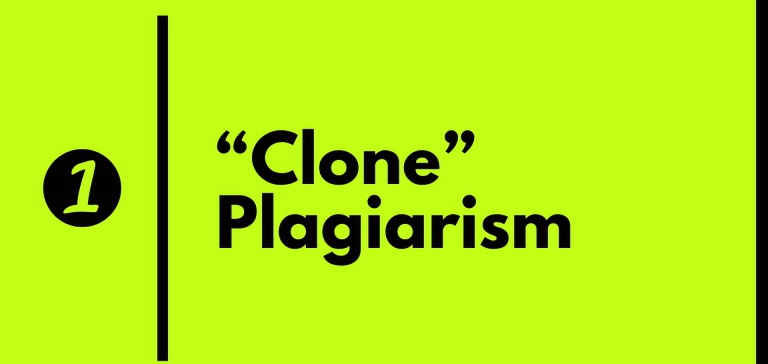
In Cloning, one person copies another work (word-for-word) with none change and claim as his own work.
2. “Remix”–Plagiarism
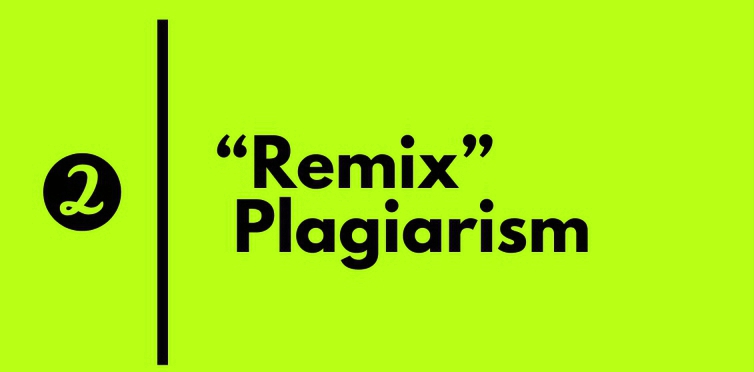
In the remix sort of plagiarism, one person collects information from various sources and blends it all at once as one document then claims the work as their own work.
3. “Ctrl+C”–Plagiarism
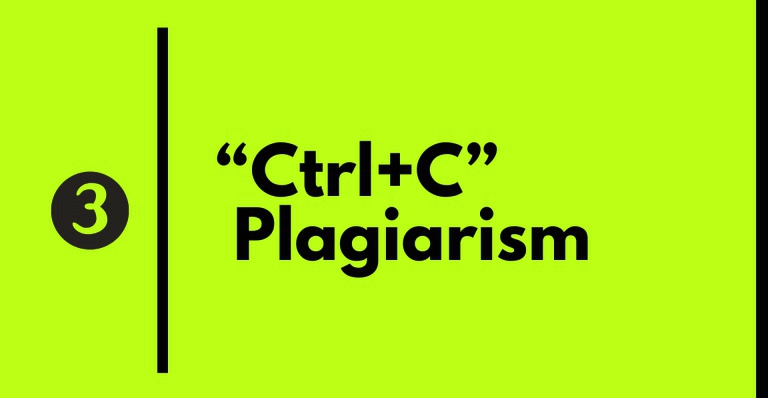
In the document a big portion of text is copied from any single source with no alteration then it’s called Ctrl+C quite plagiarism (COPY AND PASTE).
4. “Hybrid”–Plagiarism
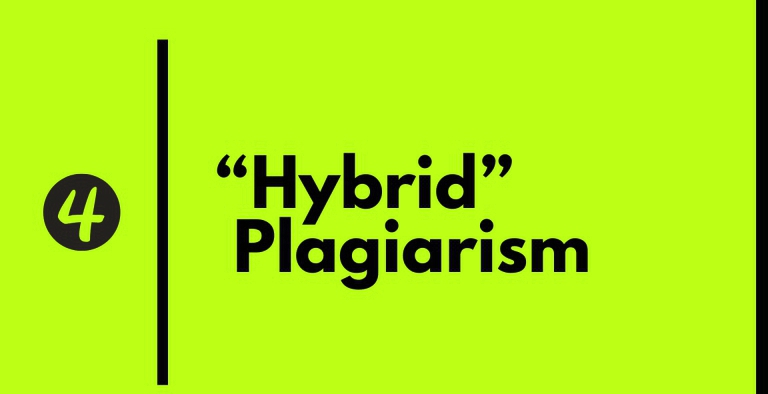
In the hybrid form of plagiarism, the well-quoted source documents are copied and organized as a substitute document without quotation.
5. “Find-Replace”–Plagiarism
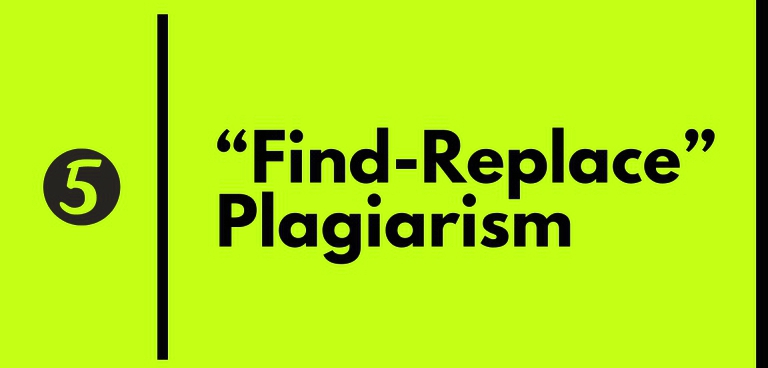
Changing the foremost common keywords and phrases within the copied content and not making any changes within the essential document is named “Find and Replace” – quite a plagiarism.
6. “Recycle”–Plagiarism
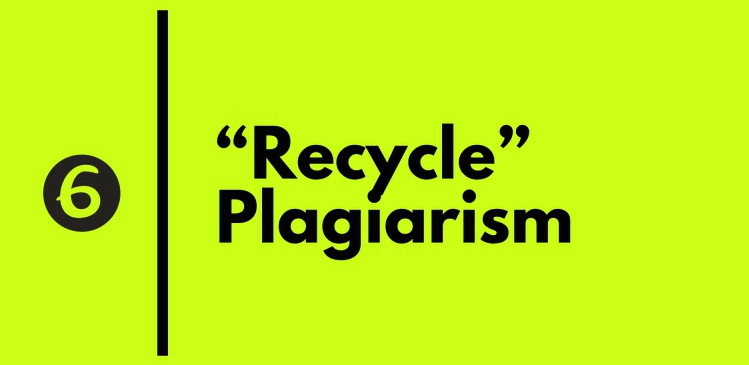
It refers to the act of borrowing from one’s own previous document without a correct citation.
7. “Mashup” –Plagiarism
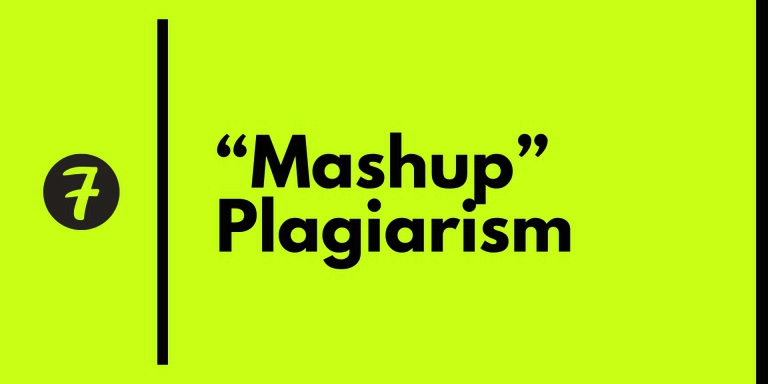
When the document is copied from quite one source and everyone is mixed together with no proper citation then it’s called mashup quite plagiarism.
8. “404 Error”–Plagiarism
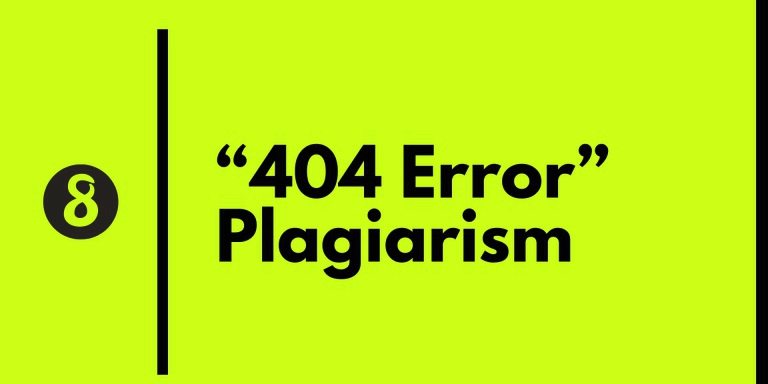
“404 Error” is the eighth most significant form of plagiarism.
In this, an individual creates a document by coping from various sources and prepare as one document with the citation.
But if the citation is inaccurate or it’ll cause non-existing resources then it’ll be called 404 sorts of plagiarism.
9. “Aggregator”–Plagiarism
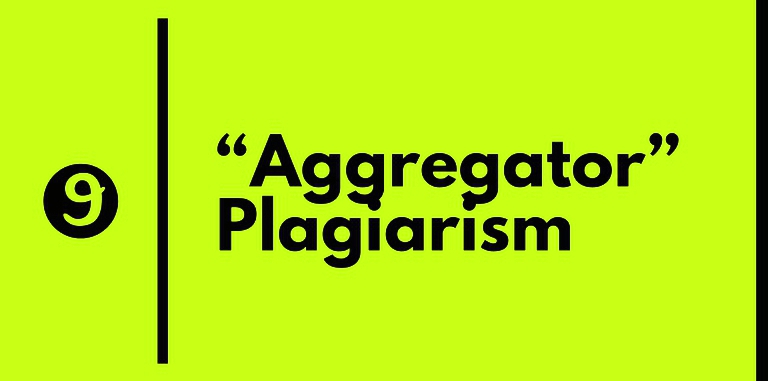
In this kind of plagiarism, the paper has all the correct citations, but it does not include the original work then it is called aggregator plagiarism.
10. “Re-Tweet”–Plagiarism
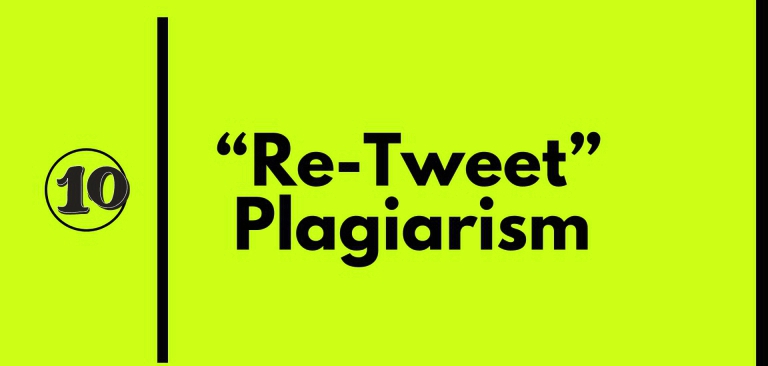
If all the document appears to be perfect with the properly cited mark, but the document still resembles the structure or wording of the first text, then it is considered “Re-Tweet plagiarism.”
Tips to Avoid Different Types of Plagiarism
- Read and understand the first document several times before start explaining it.
- Do not copy any word or sentence from the first document.
- Give proper citation to all or any the sources (Books, Journal, Website, Video, then on).
- In case of citing online sources, Include the accessed date and appropriate URL within the reference.
- Common phrases and definitions got to be quoted and cited with no modification.
- Make a practice to incorporate the “references” section whenever write a tutorial document.
- Cross verify all of your citations before submitting your document.
- Finally, take a plagiarism report from anybody of the famous plagiarism software to make sure the originality of the document.
- If you discover this information useful or have something we miss out on sort of plagiarism, please leave us a comment below.
Read also:
Top 25 Likely Thesis Defense Questions and Answers
Concluding Remarks on types of plagiarism
In conclusion, the consequence of plagiarism may be personal, technical, ethical, and legal and should be avoided at all costs.
We provide guidance and directives on the following other services
Topic selection
Proposal writing
Data Analysis
Data interpretation
Data analysis training (SPSS)
PowerPoint Building
Editing services
Proofreading services
Plagiarism Removal

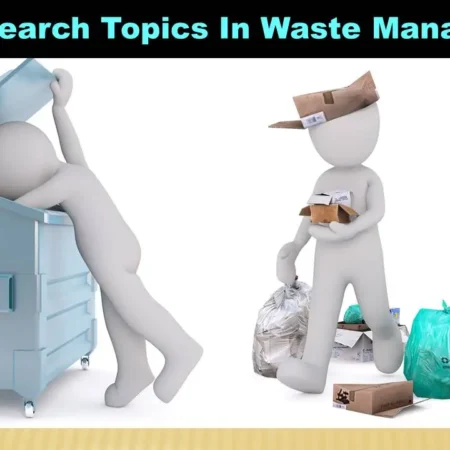

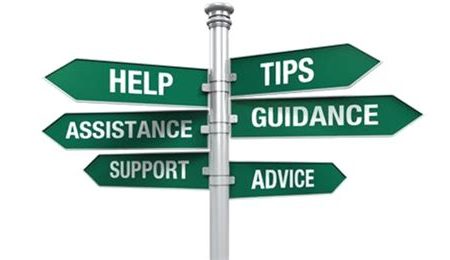
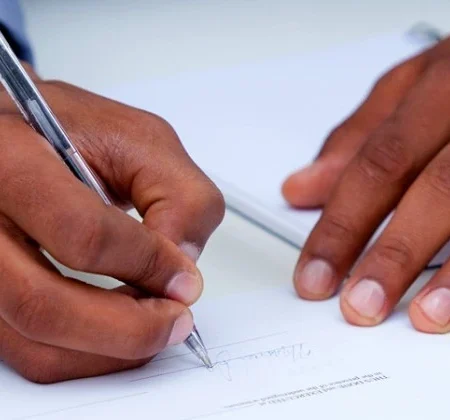




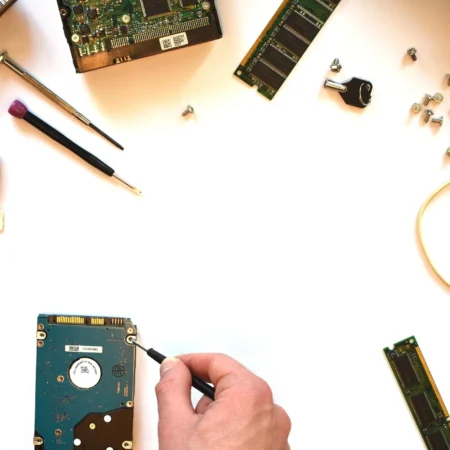
Leave a Reply